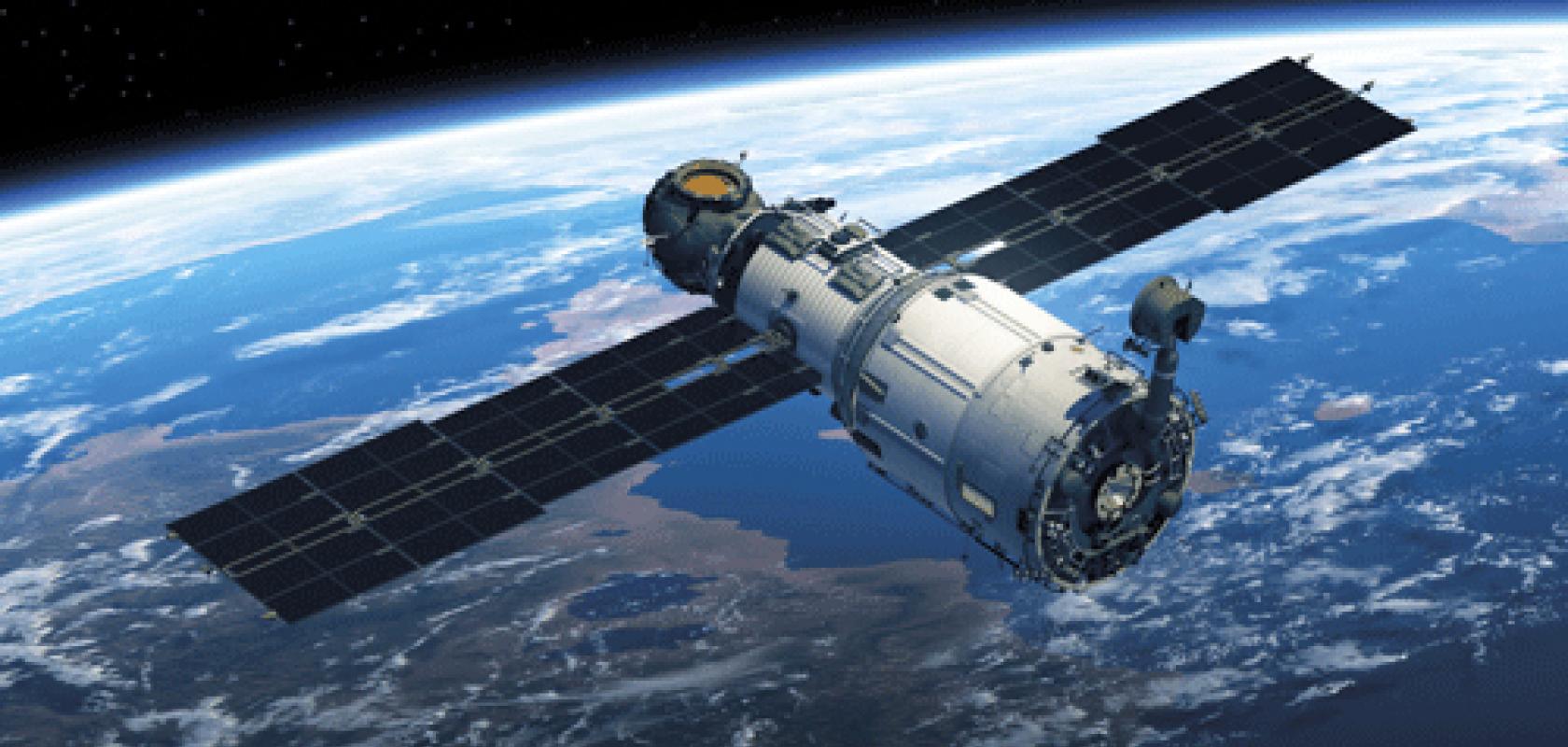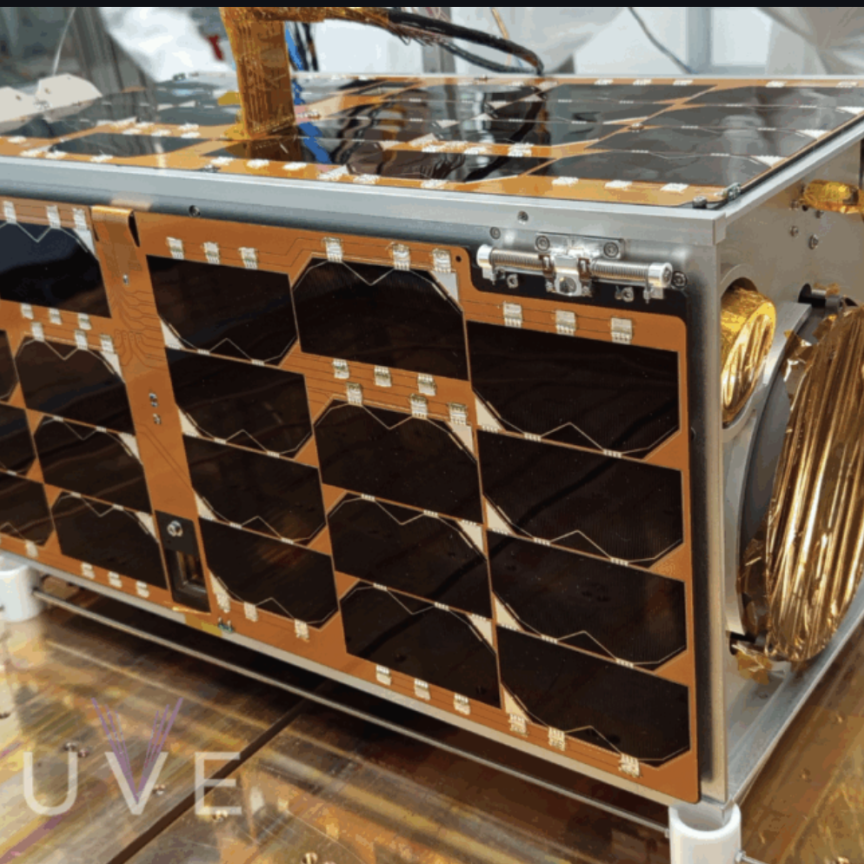Jessica Rowbury speaks to Matthew Edwards from the UK’s Science and Technology Facilities Council (STFC) about the centre’s work translating photonics space technology into other markets
The Science and Technology Facilities Council in the UK carries out world-class space research and technology development. RAL Space, the centre’s space facility, has significant involvement in more than 210 space missions, including those supporting the European Space Agency (ESA) and NASA.
One of STFC’s focuses is the translation of equipment that has originally been developed for space applications into other markets. For example, last year, STFC spin-off Mirico received an investment of £1 million to commercialise its laser isotopic analyser, which was developed initially for analysing the atmosphere on Mars but has potential applications in climate change monitoring, diagnosing disease and detecting counterfeit foods.
Matthew Edwards, from STFC, speaks to Electro Optics about these activities and the opportunities this presents to photonics companies.
What kinds of space technology could benefit other applications?
Space technology ranges from miniaturised, highly accurate sensors all the way through to new heat resistant coatings and software algorithms. Miniaturised sensors are often in high demand because they are almost as accurate as bulky lab equipment, while only being a fraction of the size and weight.
What markets do you think could benefit from this?
Over 350 technologies have been transferred from the space industry into essentially every other market. For sensors, it is often attractive to the medical device or security industries, due to the high level of accuracy coupled with the low weight and size. This combination can enable step changes in those markets and provide cost benefits too.
What’s involved in bringing this technology to other sectors?
STFC manages the European Space Agency’s Technology Transfer Network (ESA TTN) for the UK. We actively broker opportunities between space technology providers and potential end users. While one of the main benefits of technology transfer is that someone has already done the majority of the R&D, there is obviously a degree of integration work required. STFC helps to identify funding opportunities, both public and private, and offer technical assistance and access to rapid prototyping facilities.
Why is STFC working on this?
One of STFC’s core objectives is to demonstrate the impact, both economically and socially, that world-leading science and technology can provide. As a part of this, we are committed to supporting the space industry within the UK, to capture not only a larger share of the global space market, but also expand into other markets.
Is STFC working with optics/photonics companies on this?
Instrumentation and payloads for spacecraft often have elements of photonics within them, such as camera systems working in multiple spectral bands. They are often a rich source of technologies that are ready for transfer into other applications. We work directly with companies and universities within the UK and tap into the broader space network across Europe through our partners.
What are the challenges associated with getting new technology into different sectors, and how is STFC dealing with these?
The main challenge is that companies do not often look to other industries to help solve their technical problems. Once you explain what space technology is and what it can do, then companies often find the ideas start to flow rapidly.
What are some examples of space technology being used today in other areas and how did these come about?
STFC created a spin-off company, Mirico, to commercialise laser spectroscopy technology developed over the course of 10 years in its space science department. The company develops and manufactures products using mid-infrared light sources for high-performance gas analysis. A series of different products are being developed that can be applied in many different applications, ranging from the processing of petrochemicals through to greenhouse gas emission monitoring.
Another example is Insect Research Systems. STFC put a pest controller in contact with a leading space scientist from the Open University and they formed a new business venture applying miniaturised gas chromatography mass spectrometry to the detection of bed bugs in hotels. The technology can be operated by a non-specialist and can ‘sniff-out’ whether a hotel room has bed bugs.
This is highly important for the hospitality industry, as bad reviews involving bed bugs on websites such as trip advisor can be catastrophic to the number of bookings they receive.
Why is innovation so apparent in the space sector and what can other sectors learn?
Space is such a challenging environment that involves radiation, temperature extremes, and high stresses and strains that innovation is constantly necessary.
There are also constraints around size and weight, as it costs in the region of £10,000 per kilogram launched into space. Most sectors are quite innovative, though not too many look beyond their own industry for solutions. Space technologies provide the right mix of attributes for sectors that generally operate within the low volume high value area.
How can we ensure that innovation in the space sector benefits the scientific community and the economy?
Technological innovation is a cornerstone of the space industry and STFC and the ESA TTN are working to bring these to other industries. One way we do this is through asking companies to pose their technology challenges to the space industry.
We have a template that companies can complete, and we ask the UK and European space industries to provide potential solutions. Introductory meetings can then be facilitated and STFC will aim to support them where possible and appropriate.


